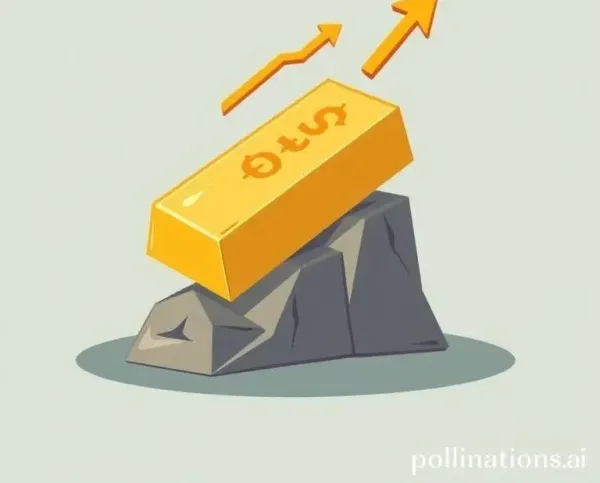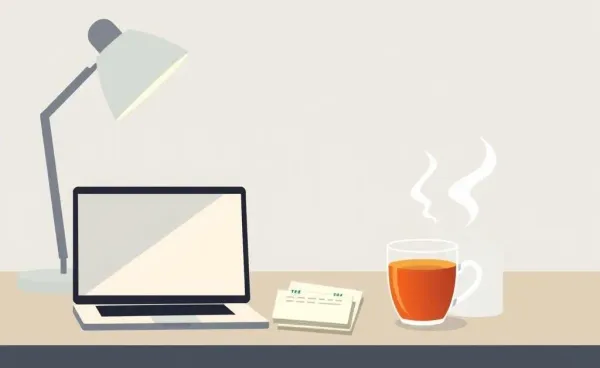Is Your Rainy Day Fund Ready for a Downpour?
Discover how to build a rainy day fund that goes beyond saving a few bucks.
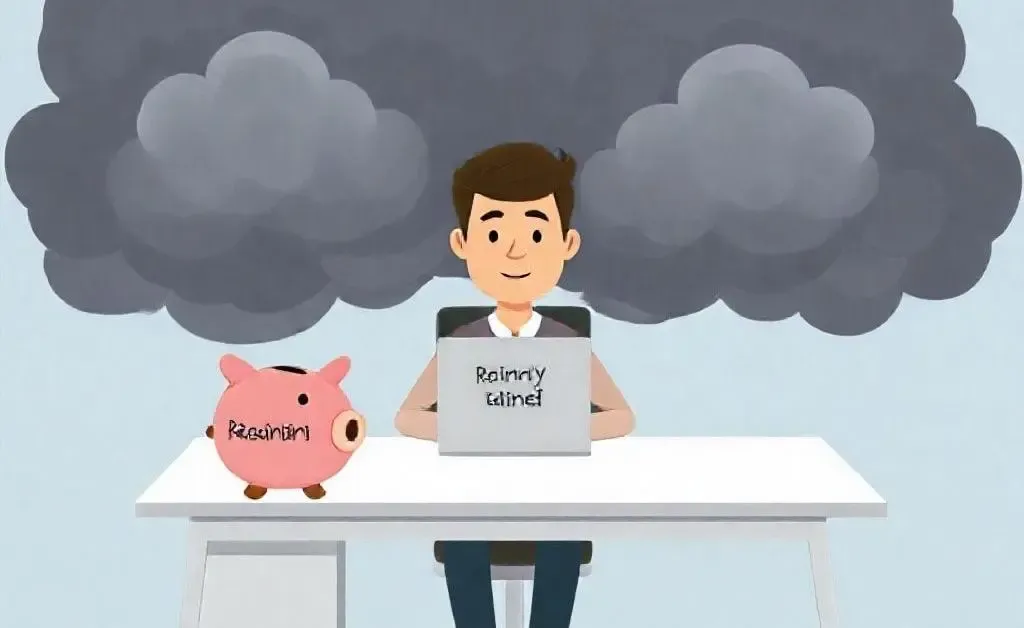
Ever wonder if your rainy day fund could weather a storm? You're not alone! Many of us set aside a few bucks and hope for the best. But is that enough? Today's chat is all about building a solid rainy day fund — your trusty financial umbrella.
What's a Rainy Day Fund and Why Do You Need It?
A rainy day fund is just as it sounds: savings for unexpected expenses. Car repairs, medical bills, or maybe that surprise vet visit when Fluffy eats something questionable. These are life's little curveballs.
The beauty of a rainy day fund is its flexibility. Unlike retirement savings, this money is here for the now.
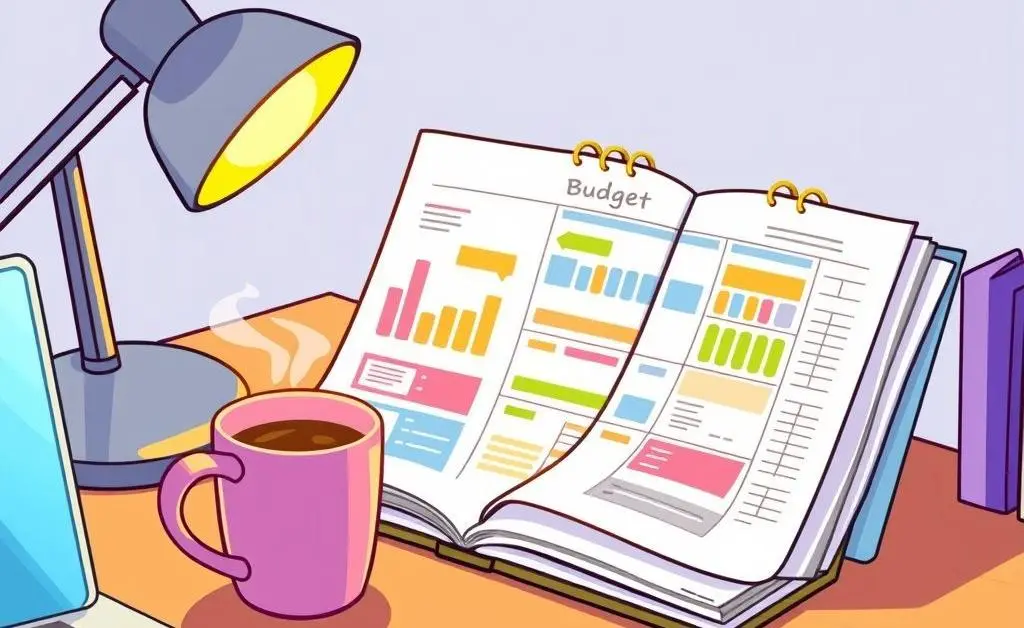
How Much Should You Save?
Experts often recommend having three to six months' worth of living expenses saved. This might sound daunting, but consider it a long-term goal. Start with a target for one month and build up from there.
- Begin with smaller steps — aim for $500-$1,000.
- Cut unnecessary expenses to boost savings.
- Use bonuses or tax refunds to give it a boost.
Strategies to Build Your Fund
Let's talk strategies! Here are some of my favorites:
1. Automate Your Savings
Set up automatic transfers to your savings account each payday. It's the "set it and forget it" of financial management.
2. Budget Like a Pro
Ever tried zero-based budgeting? It's where you allocate every dollar to a job, ensuring nothing is wasted.

3. Review and Adjust
Your financial situation won’t stay the same forever. Review your savings goals and adjust as needed.
Where Should You Keep Your Rainy Day Fund?
Quick access is key! A straightforward savings account might be best. Avoid investment accounts that could be volatile when you need cash.
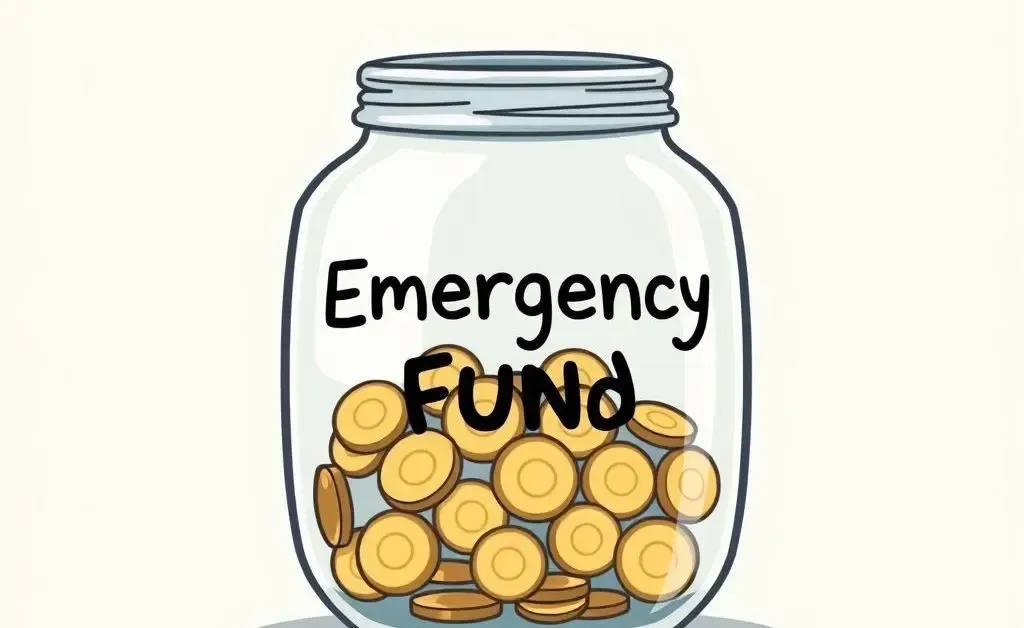
Conclusion: Are You Ready for the Rain?
Think of your rainy day fund as peace of mind. It's a safety net that allows you to face life's uncertainties with calm, not stress.
So, how's your rainy day fund looking? Ready for the next surprise, or could it use a little TLC?
Let me know in the comments — I’d love to hear your thoughts!


